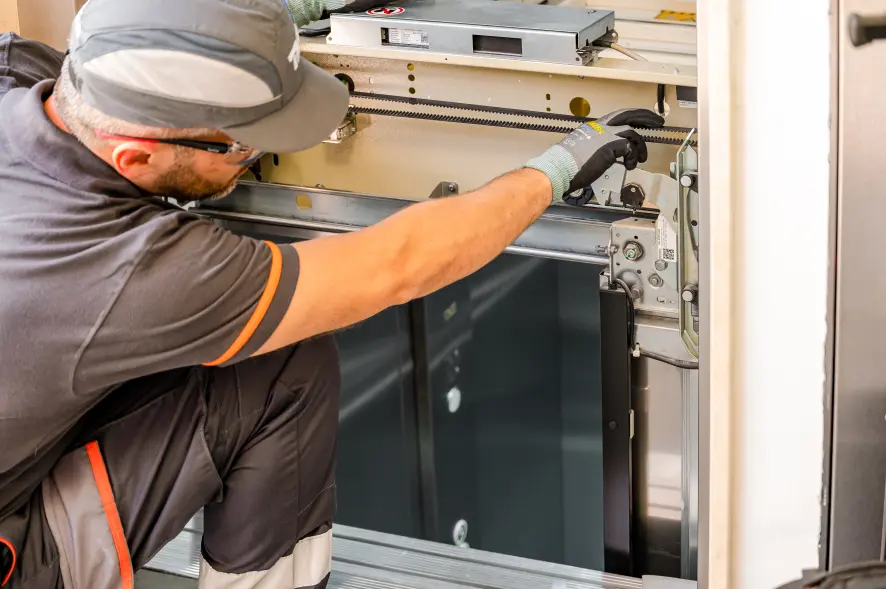Regular maintenance is pivotal for the longevity and reliable operation of any elevator system. Neglecting regular lift maintenance not only leads to malfunctions but can also incur avoidable, costly repairs. Research highlighted in the Journal of Building Engineering points out that factors like inadequate safety devices, deviations from building codes, and the age of parts and components significantly contribute to the diminished lifespan and increased repair costs of elevator systems. Regular maintenance serves as a proactive measure to prevent these issues.

Key Factors Determining Lift Maintenance Frequency
Determining the optimum frequency for elevator maintenance depends on several factors, including:
Manufacturer's Maintenance Recommendations
Adhering to the maintenance intervals recommended by an original equipment manufacturer (OEM) helps pre-empting breakdowns. At TK Elevator we provide elevator maintenance services for all major lift brands. Our services include: regular elevator maintenance, inspections, elevator repair services and emergency services.
Usage Frequency of the Unit
The usage frequency of a lift is directly correlated with the frequency of service intervals. Commercial or public elevators operated in train or metro stations with high usage typically require monthly check-ups. In contrast to that, residential elevators in buildings with up to six floors that are used less than 6,000 times per month. The actual service requirements of the lift in your building may differ and is also affected by other factors, such as the type of elevator that is being used, or how old the elevator is.
Age of the Elevator
A "bathtub curve" concept applies to elevators: New lift installations and older systems are more likely to experience issues and to require more frequency maintenance. Lifts tend to be most reliable during the middle period of their lifecycle: between the initial phase of use and the end-of-life stage that precedes a more comprehensive elevator modernization.
Lift Operating Environment and Building Type
Elevators in industrial settings or commercial buildings, which often carry heavier loads or travel longer distances; -goods and materials that are being transported may also interfere with the elevator door operations. As a result, these types of elevators often have different maintenance requirements as compared to elevators used in residential buildings.
Type of Elevator
Hydraulic and traction elevators have distinct designs and therefore, different maintenance needs. Hydraulic lifts operate without a counterweight and use a telescopic piston mechanism to move the elevator cabin. Traction elevators on the other hand utilize a counterweight system (related blog post: Introduction to Different Types of Lifts). These design and operational differences result in the need for tailored maintenance approaches recommended by elevator manufacturers.
Advantages of Regular, Professional Lift Maintenance
Regular lift maintenance offers tangible benefits:
- Enhanced Safety: Regular checks ensure the safety and reliability of your elevator, minimizing the risk of accidents.
- Reduced Downtime: By preventing major malfunctions, regular maintenance keeps elevators operational, avoiding inconvenient outages.
- Cost Savings: Proactive maintenance can prevent costly overhauls and replacements, offering significant long-term financial benefits. (How Much Electricity Does a Lift Use?).
Elevator maintenance is a critical aspect of building management and can help extend the service life of an elevator. It contributes to the safety and comfort of tenants and visitors. Our professional service teams across the country are ready to help building owners and managers in India optimize the performance of their lifts, as well as to maximize elevator lifespan. Contact us today to learn how we can best support you.
 India
India


